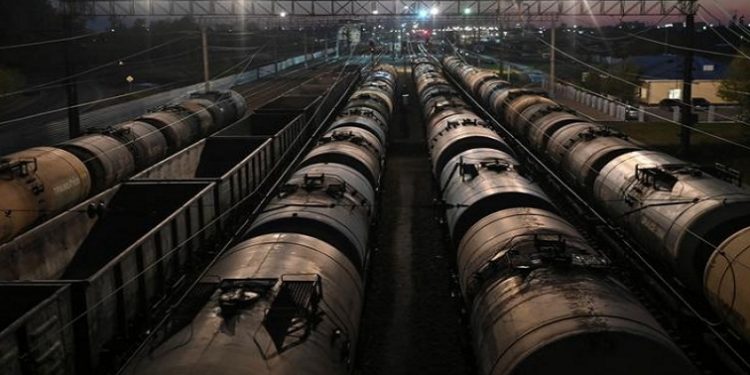Oil prices remained stable on Tuesday following a rise in the previous session, with investors showing caution ahead of the U.S. consumer price data release. Despite this cautious stance, the market continues to be buoyed by expectations of increased demand during the summer months.
Brent crude futures for August settlement saw a slight increase of 5 cents, reaching $86.06 per barrel at 0440 GMT. This follows a 0.9% gain on Monday. Similarly, U.S. crude futures for August delivery edged up by 6 cents to $81.69 per barrel, after climbing 1.1% in the previous trading session. Both benchmarks experienced approximately 3% growth last week, marking two consecutive weeks of gains.
The surge in oil prices is attributed to rising gasoline demand and declining oil and fuel stockpiles, as the United States, the world’s largest oil consumer, enters its peak summer consumption period. Preliminary data from a Reuters poll on Monday suggested that U.S. crude oil stockpiles likely fell by 3 million barrels in the week leading up to June 21. The same poll indicated a probable decline in gasoline stocks, although distillate inventories were expected to have increased during the same period.
“The surge in oil prices was triggered by an optimistic demand outlook and reduced U.S. inventories. With the Northern Hemisphere entering a hot summer and the upcoming hurricane season, demand is expected to continue increasing in the coming months,” commented independent market analyst Tina Teng.
The cautious market sentiment ahead of the U.S. consumer price data reflects investor concerns about inflationary pressures and potential impacts on economic growth and energy demand. However, the anticipated rise in summer travel and the associated increase in gasoline consumption are providing support to oil prices.
In addition to domestic factors, global market dynamics also play a role. The ongoing geopolitical tensions and production adjustments by major oil producers, including the Organization of the Petroleum Exporting Countries (OPEC) and its allies, continue to influence supply and demand balances, contributing to price stability and potential increases.


















